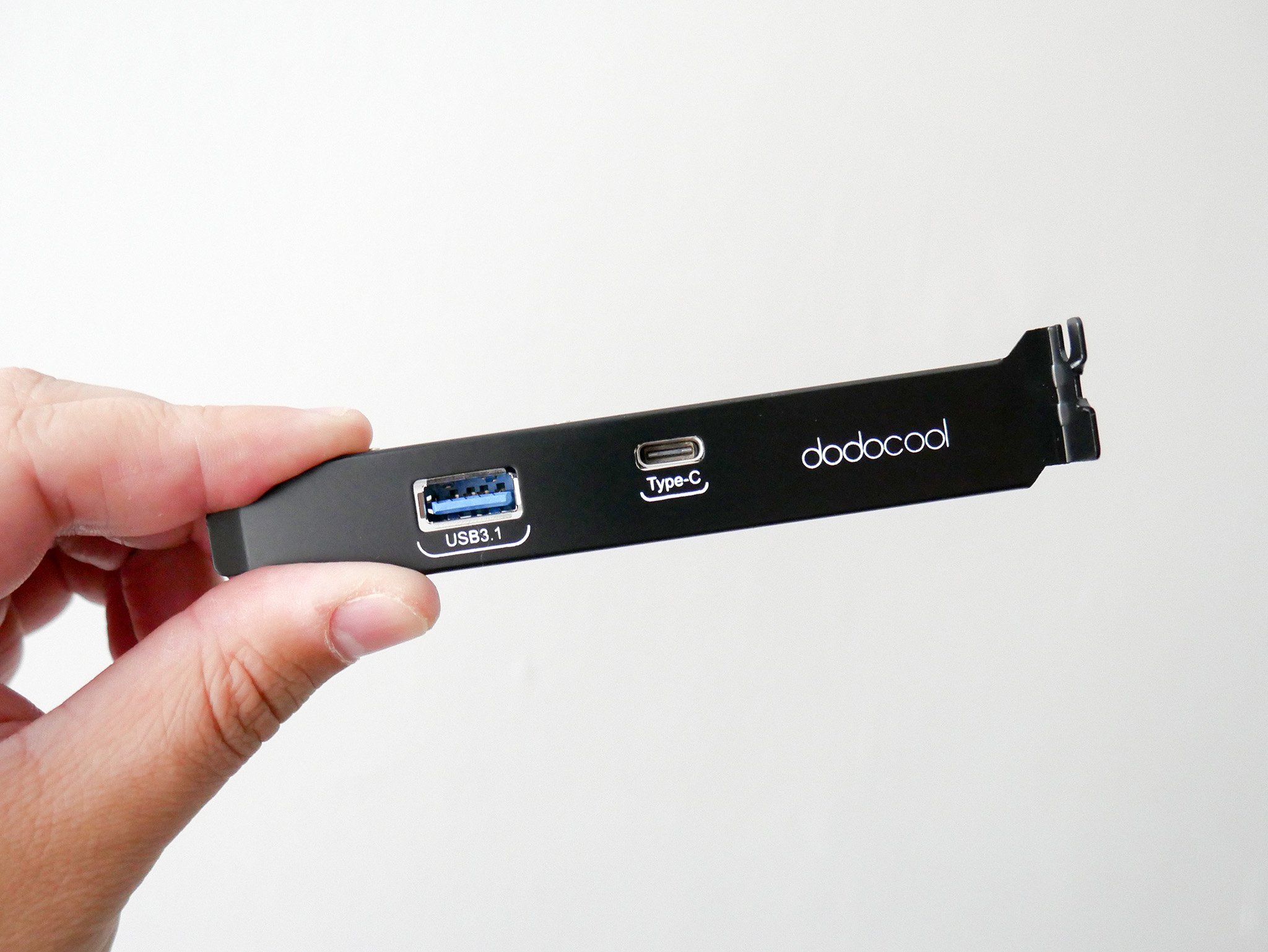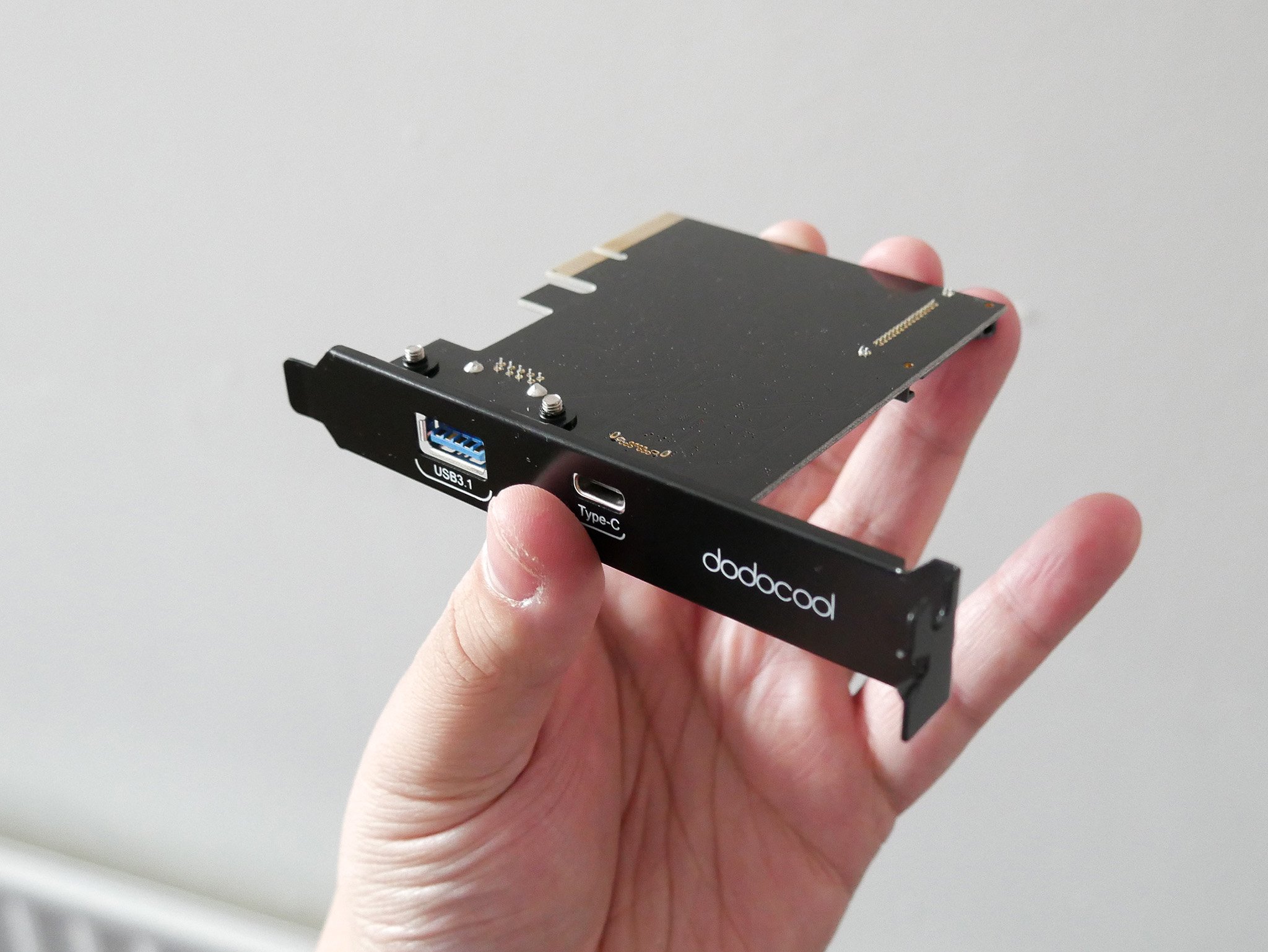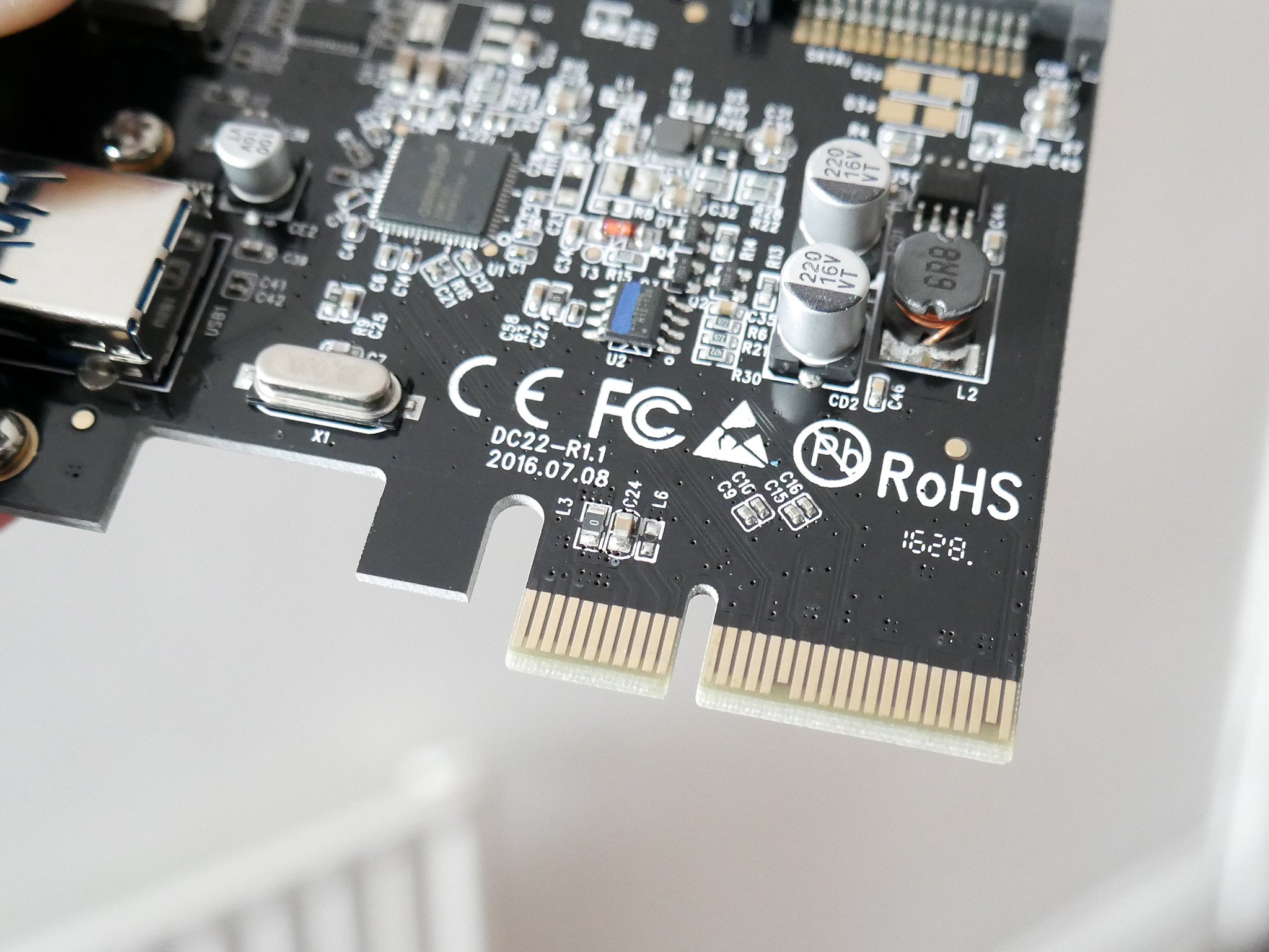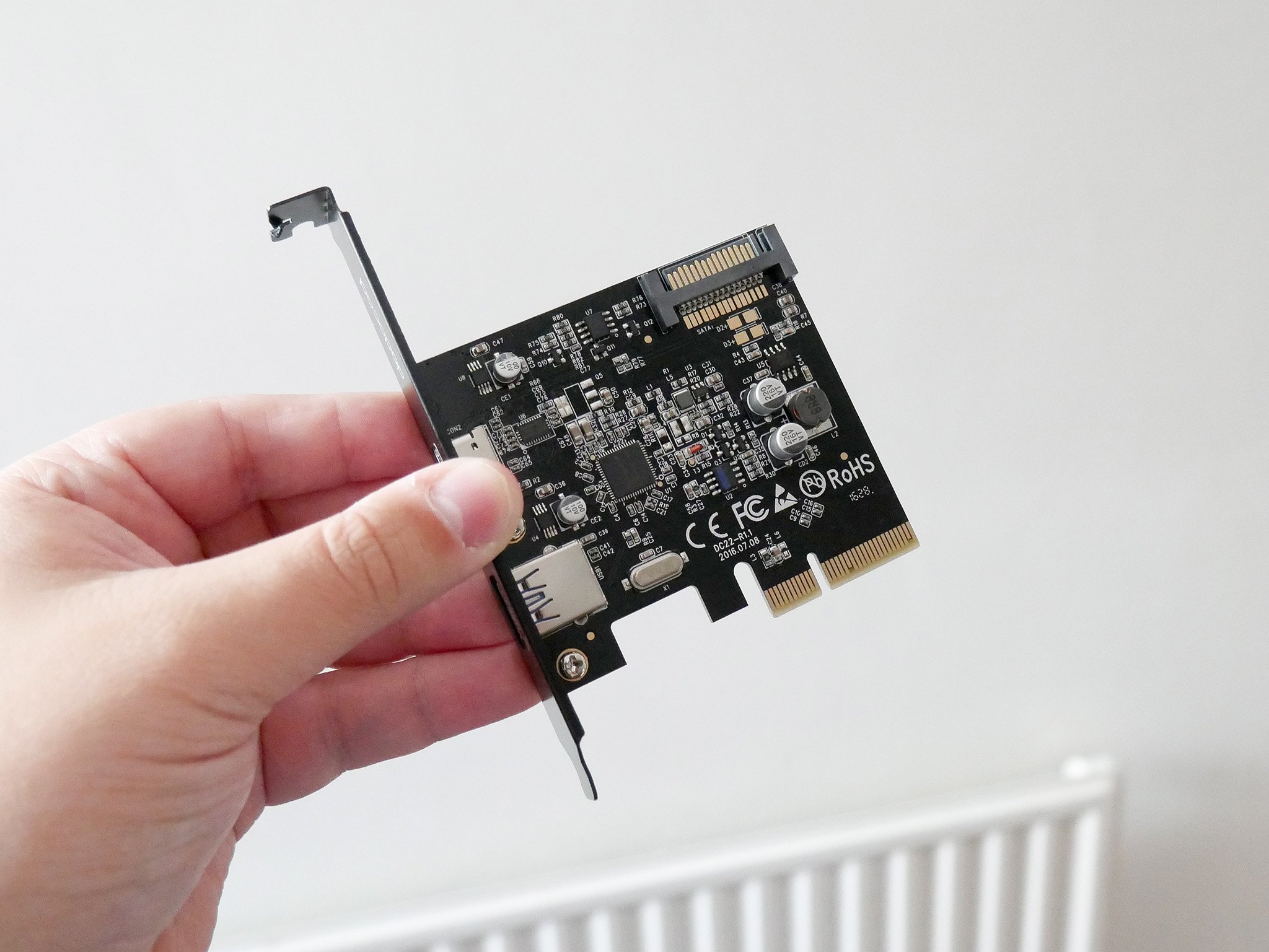How to add USB-C to your desktop PC on the cheap
Want to add USB-C to your existing desktop PC? It's neither expensive nor very difficult.

We're not talking about adding a dongle or a USB powered hub here, but actually adding USB-C hardware to your rig. This particular method won't work for all PCs, but assuming you have a spare PCIe slot on your motherboard you should be good to go. A lot of modern motherboards already have USB-C pre-installed, but older ones and a lot of pre-built PCs won't.
That's because for the purposes of this guide we're adding a PCIe card to a desktop PC that has a single USB Type-A 3.1 port and a USB-C 3.1 port on it. There will be different cards to choose from, but we're using this Dodocool card picked up from Amazon for $22.

Besides an empty PCIe slot in your PC, you'll also need an SATA power cable for it if you're going to be connecting high-powered devices. The PCIe lane will provide enough for lesser devices like thumb drives, but by hooking up the card to your external power supply you'll have more freedom of use. For this, you'll need to find an unused connector coming out of your power supply.
To prepare your PC first shut it down and unplug the power. Then take off whatever side panel(s) your particular case has. You'll also need to remove one of the rear panels on the case by the PCIe slots, so go ahead and take out the one relevant to the slot you're using.

In terms of installation there's only one way you can put it into the slot, otherwise, the back plate would be inside the PC! Line up the card over the notch in the motherboard and gently push it in. If you're using the SATA power connection, you'll now need to hook up one of the unused connectors coming from your power supply.
You may now need to install some drivers, probably from a disc included in the box. Chances are you won't since Windows usually plays ball. In our case, it's just plug and play.
Obviously, besides the new future-proof connector, the big draw to USB-C, in this case, is USB 3.1 data transfer speeds. USB-C itself doesn't equal faster data transfer since it could be hooked up to USB 3.0. Our particular card can handle 10Gbps data transfer between it and USB 3.1 compatible devices, but you won't be able to use both slots for this at once.
All the latest news, reviews, and guides for Windows and Xbox diehards.

That's all down to the controller of this particular card. Others may vary, but this one it seems can only use 1 PCIe 3.0 lane at once, so you can only get super fast data speeds from one port at a time.
In any case, adding a PCIe USB-C card to your PC is both simple to do and inexpensive, with the added bonus of opening up some faster ports thanks to USB 3.1. Not all PCs will be able to take advantage since you need a vacant PCIe slot to be able to do this, but if you do, it's about 10 minutes of time and around $20 to make a useful, future-proofed upgrade.

Richard Devine is a Managing Editor at Windows Central with over a decade of experience. A former Project Manager and long-term tech addict, he joined Mobile Nations in 2011 and has been found on Android Central and iMore as well as Windows Central. Currently, you'll find him steering the site's coverage of all manner of PC hardware and reviews. Find him on Mastodon at mstdn.social/@richdevine
